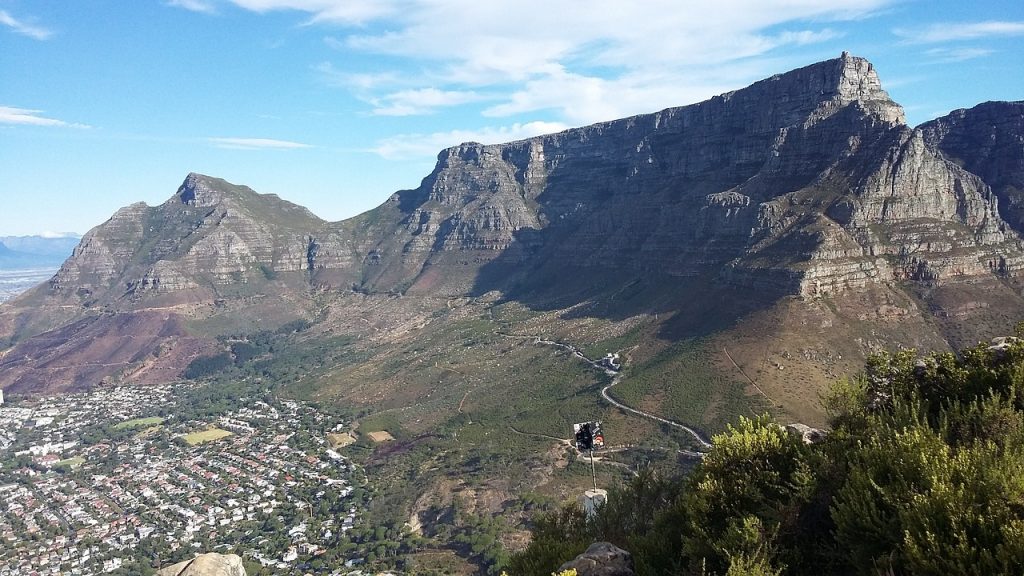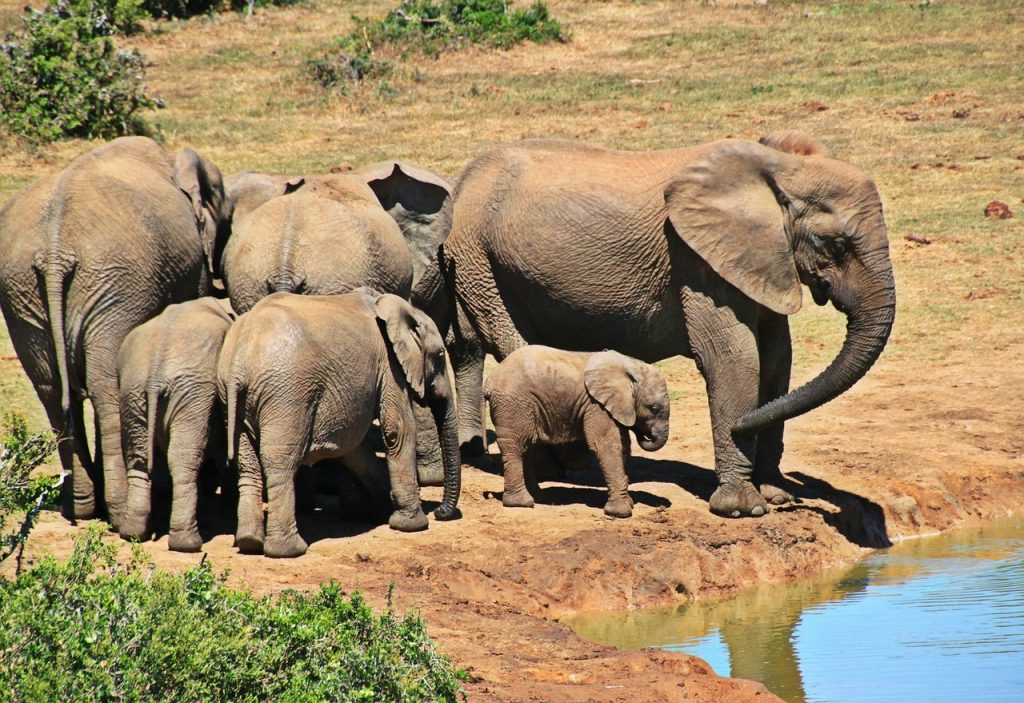
When you think of South Africa, what comes to mind?
Is it the iconic Table Mountain in Cape Town, the vast open plains of the Kruger National Park, or the vibrant energy of Johannesburg?
While these famous landmarks are certainly worth experiencing, to understand this country’s essence truly, you may have to learn about its cultural background as well.
One of the best places to start your cultural journey in South Africa is the city of Cape Town. At the heart of this bustling metropolis stands the iconic Table Mountain, which is actually a natural wonder that has long held spiritual significance for the indigenous Khoikhoi and San people.

The Khoikhoi, also known as the Khoi or Hottentots, were one of the earliest inhabitants of the Cape region. They revered Table Mountain as a sacred place, believing it to be the home of the supreme creator god, ǃKaggen.
According to Khoikhoi legend, ǃKaggen was said to reside in a cave within the mountain, from which he would emerge to shape the world and bring balance to the natural order.
The San people, who were skilled hunter-gatherers, also held Table Mountain in high spiritual regard. They saw the mountain as a place of ritual importance, using its slopes and caves for initiation ceremonies, rock art, and the burial of their ancestors.
The San believed that the spirits of the dead would ascend to the top of Table Mountain, where they would continue their journey into the afterlife.
Beyond its spiritual significance, Table Mountain also played an important practical role in the lives of the indigenous communities.
The diverse plant and animal life found on the mountain provided valuable resources for food, medicine, and materials. The Khoikhoi and San would regularly journey to the mountain to gather herbs, hunt wildlife, and seek shelter in the caves.
When European settlers arrived at the Cape in the 17th century, they were immediately struck by the imposing presence of Table Mountain. The Dutch, in particular, recognized the strategic importance of the mountain, building fortifications and establishing the city of Cape Town at its base.
Today, Table Mountain remains a powerful symbol of South Africa’s rich cultural heritage. As a prominent feature of the Cape Floristic Region, a UNESCO World Heritage site, the mountain continues to be a place of great natural and ecological significance.
The next place on our list is the Kruger National Park, which is one of the most well-known wildlife reserves in the world.

According to Safaris Down South, it draws millions of visitors each year to witness the stunning diversity of African flora and fauna.
For centuries, the lands that now make up the Kruger Park were the ancestral home of various Bantu-speaking ethnic groups, including the Tsonga, Venda, and Shangaan people.
These communities in South Africa had a profound spiritual and practical connection to the land, viewing the region’s abundant wildlife, rivers, and mountains as integral to their way of life.
The Tsonga people, in particular, had a rich tradition of revering the natural world and its creatures. They believed that certain animals, such as the lion and the leopard, held mystical powers and were imbued with the spirits of their ancestors.
Traditional Tsonga rituals and ceremonies often involved the use of animal symbolism and imagery, reflecting their deep respect for the delicate balance of the ecosystem.
Similarly, the Venda people saw the Kruger region as a sacred place, home to powerful ancestral spirits and supernatural forces. They would regularly journey to specific sites within the landscape to perform rituals, seek guidance from their elders, and connect with the divine.
The Venda’s intricate system of beliefs and oral traditions were intimately tied to the natural world they inhabited. Beyond the realm of spirituality, the indigenous communities of the Kruger also relied on the land’s abundant resources for their survival.
They were skilled hunters and gatherers, utilizing their deep knowledge of the local flora and fauna to source food, medicine, and materials for their daily lives. The rivers, forests, and grasslands of the Kruger provided a bountiful natural larder that sustained these communities for generations.
When the Kruger National Park was established in 1898, the lives of these indigenous groups were significantly disrupted. Many were forcibly removed from their ancestral lands, severing their deep-rooted connections to the environment.
This displacement and dispossession not only had devastating impacts on their physical well-being but also threatened the very fabric of their cultural identities.
Today, the Kruger Park remains a place of immense cultural significance for the descendants of these indigenous communities.
Efforts have also been made to incorporate traditional knowledge and perspectives into the management and conservation of the park, recognizing the invaluable insights that can be gained from the stewardship of the land by its original inhabitants.